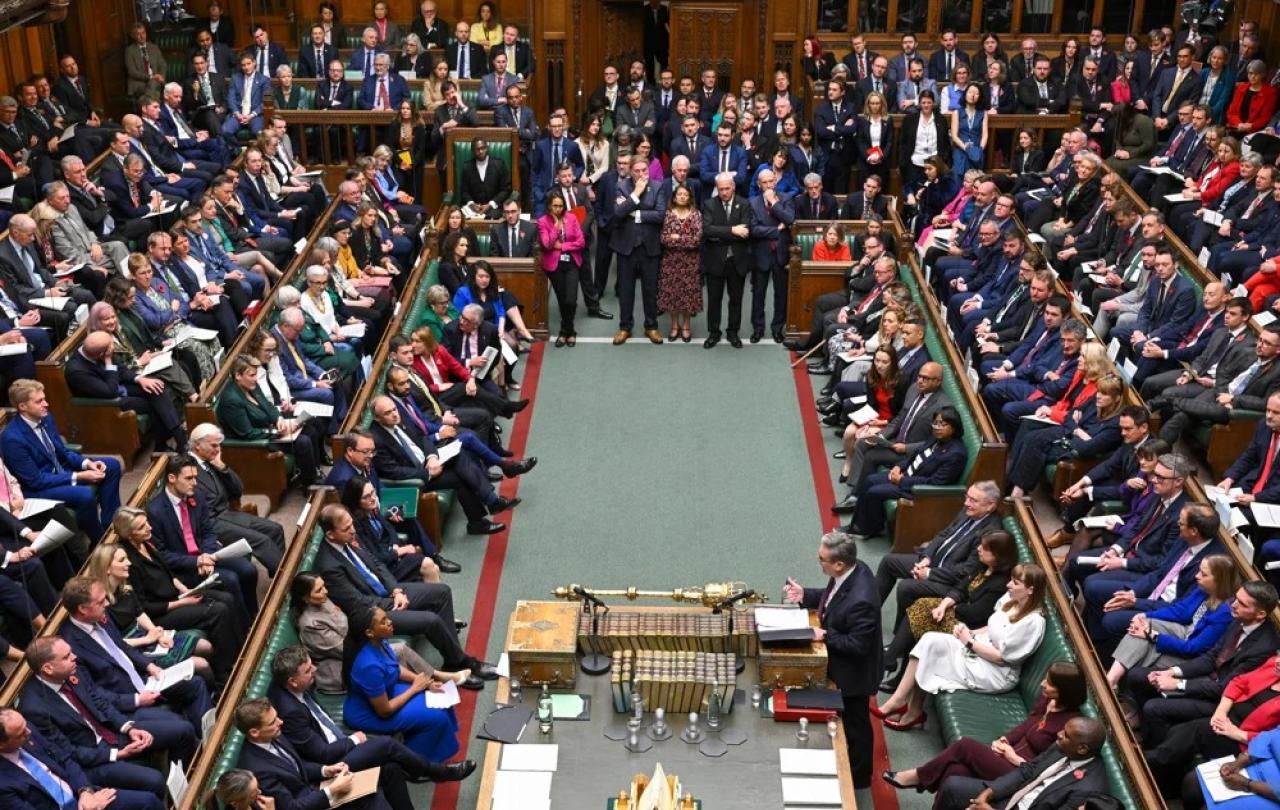
You think that you matter: that you are significant. I agree with you. I think the same about myself.
We all think we are significant, and that our significance requires us to behave and to be treated in particular ways. One of the main functions of the law (perhaps the function of the law) is to regulate this sense of significance: to protect my sense of my significance and to stop it interfering with the sense of significance that others have.
A common name given to this sense of significance is dignity. It is a defining characteristic of humans. We see it as soon as we see behaviourally modern humans – who came on the scene about 45,000 years ago. We laid our dead tenderly in the earth, clutching flowers and amulets, rather than leaving them out as food for hyenas. We carved our faces into mammoth ivory because we knew that there was something about our faces which should endure. We believed that we had souls and that other things, human and non-human did too. This made eating other ensouled things a real problem. We evolved solemn liturgies of oblation and satisfaction to solve it. Our walk through life and death was elaborately choreographed, because it wasn’t proper to stomp and blunder. Comportment mattered because we mattered.
These were astonishing assertions – so astonishing that no big society has ever taken them completely seriously.
Jumping from pre-history to history, dignity, like other precious resources, was appropriated by the rulers, who said that they and only they had a right to it. The hoi polloi never truly believed this; they knew their own worth and moral weight. But the rulers told an artful story. The gods had dignity, they said, and the gods gave it to their favoured ones – typically the royals and the heroes. The royals were the gods’ embodiments or regents, and so the thrones of Mesopotamia and Egypt were invested and affirmed by divine dignity. The capricious gods of Olympus gave dignity at particular times and for particular purposes to their particular favourites, who therefore became demi-gods for a while.
In the Hebrew world, however, a radically democratic move was afoot. God was indeed dignified, but since every human was made in his image, all humans were dignified too – and in the same way as God. The idea was picked up by St Paul: ‘There is neither Jew nor Greek’, he declared. ‘There is neither bond nor free, there is neither male nor female: for you are all one in Christ Jesus’.
These were astonishing assertions – so astonishing that no big society has ever taken them completely seriously.
The obscenity of Auschwitz relegated the hyper-spiritualised notion of dignity to the cloister, and Kant’s notion to the Academy. For whatever dignity was, it was outraged there, and the outrage extended to bodies and to the non-rationally-autonomous.
Less ambitious, and so more palatable, was Stoicism’s rather anaemic version of the Imago Dei. All humans were potentially dignified, it said, and each human had a duty to strive to realise their dignified potential. It was much less radical than the Judaeo-Christian conception, but still represented a tectonic break with the royal theocracies of Mesopotamia, Egypt and elsewhere.
This Stoical conception of dignity did useful work. It served to save the notion of dignity from two mortal threats - both, embarrassingly, from the Christian world (though Kant’s relationship with Christian orthodoxy was sometimes uneasy).
There is a strand of Platonised Christianity (drawing on the early Augustine) that spiritualises the idea of dignity. If it prevailed dignity would have nothing to say in hospitals about bowels or bedpans, in bedrooms about sex, in plantations about slavery, in jungles about the fate of trees or toucans, or in newsrooms about anything at all.
Kant located dignity in rational autonomy, so snatching dignity from children, the demented, the unconscious, the depressed, everyone who has drunk a bottle of red wine, and more or less everyone who doesn’t have a PhD in philosophy.
In the immediate aftermath of the Second World War dignity (almost always undefined) appeared in endless national and international laws and declarations. Fairly recently it has started to have a real legal life of its own, being invoked for many purposes, from prisoners’ rights to reproduce to the right to have your name on your tombstone in the language of your choice.
These specific invocations of dignity sometimes disguise its foundational nature – foundational to human nature itself and to the laws that seek to determine how humans should conduct themselves in society
To say that the Judaeo-Christian account of dignity gives rise to all ethics and law in the western world is a big claim. I make it unapologetically.
To see how foundational it is, ask yourself why you think it is wrong to kick a child, but not a rock. Or why it is wrong to play football with a human head, or do an intimate examination, for the purposes of teaching medical students, on a woman in a permanent vegetative state. In describing the wrongness you will certainly find yourself relying on something that looks suspiciously like human dignity.
The law is often said to be protecting interests other than dignity (such as autonomy, freedom, or bodily integrity), or promoting other values (such as beneficence or non-maleficence). Yet on close inspection, those interests and values will all turn out to be parasitic on dignity. Dignity is the first order principle: the others stem from it.
In the last forty or so years there has been a good deal of academic discussion about just what ‘dignity’ means. There is a growing consensus that it has two complementary parts. First: an inalienable element: the intrinsic dignity possessed simply and solely by reason of being human. This cannot be lost or diminished. It just is. And second, a dignity which is a consequence of the first, but denotes how, in the light of your dignified nature, you should comport yourself. If we say of someone ‘She’s let herself down’, we mean that she has failed to behave with the dignity expected of someone who has the high status of being human.
This account of dignity is derived straight from the notion of the Imago Dei, and from Paul’s gloss. The watered-down Stoical version simply gives encouragement to behave well: it has nothing akin to the inalienable element.
To say that the Judaeo-Christian account of dignity gives rise to all ethics and law in the western world is a big claim. I make it unapologetically. Perhaps you think that it is too extravagant. But it is plain enough that this account, or one of its iterations outside the sphere of Judaeo-Christian influence (there are several), accords as does no other with our intuitions about ourselves and about how we should act, and with the most fundamental axioms of the laws in all tolerable jurisdictions. The most enlightened parts of Enlightenment thinking originate in this account, though they are often embarrassed to admit it.
Whatever we mean by the Rule of Law, part of it is that no one is above or outside it: Jews and Greeks, and bond and free, and male and female are to be treated alike. We’re so used to the idea that we have forgotten its revolutionary roots.





